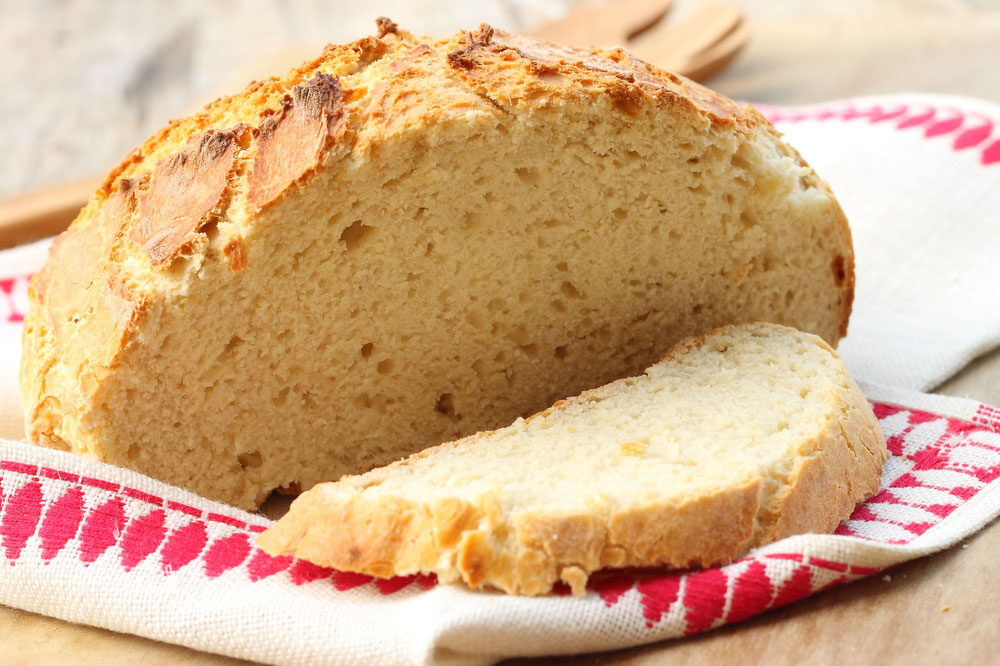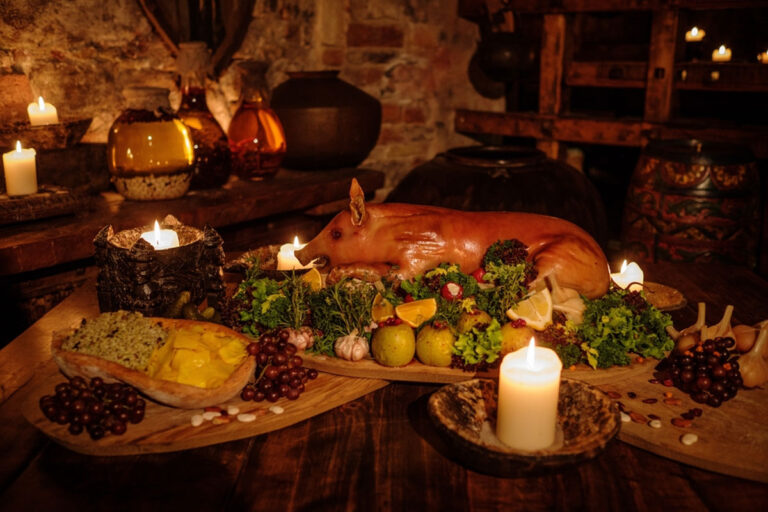Table of Contents
- Irish Immigrants and the American Dream
- Surviving the Great Depression: Resourcefulness in the Kitchen
- Irish Soda Bread: From Peasant Loaf to Cultural Symbol
- Depression-Era Meals with Irish Roots
- Legacy and Nostalgia: How These Dishes Live On
Irish Immigrants and the American Dream
The story of Irish-American cuisine begins long before the 1930s. Millions of Irish immigrants arrived in the United States in the mid-to-late 19th century, escaping famine and economic hardship in Ireland. With them, they brought their values, religious traditions, and simple rural cooking. Life in America wasn’t easy, but many Irish families clung to their roots while adapting to their new environment. They worked long hours, lived in crowded tenements, and learned how to stretch every penny—and every scrap of food.
By the time the Great Depression struck in 1929, Irish-Americans were firmly woven into the fabric of American society. But like millions of others, they faced job losses, hunger, and economic uncertainty. Their long-standing ability to make do with little became a source of strength—and their cooking traditions evolved to meet the times.
Surviving the Great Depression: Resourcefulness in the Kitchen
During the Great Depression, food had to be cheap, filling, and capable of feeding large families. Irish-American households relied on staples such as potatoes, cabbage, bread, onions, and flour. These were ingredients already familiar from Irish peasant diets, and they were relatively easy to obtain or grow, even during hard times.
The home cook became a master of improvisation. Leftover vegetables went into soups and stews. Bread that had gone stale became breadcrumbs or stuffing. Dishes were prepared in bulk and reheated throughout the week. Any dish that could stretch ingredients without sacrificing nutrition—like potato pancakes, soda bread, or cabbage stew—became part of daily life.
In this frugal environment, Irish-American recipes became even simpler. Butter was a luxury, meat was rare, and eggs were carefully rationed. Yet many families found comfort in their heritage recipes—reminders of home, resilience, and family unity.
Irish Soda Bread: From Peasant Loaf to Cultural Symbol
No dish better symbolizes this era than Irish soda bread. Traditionally made with just flour, baking soda, salt, and soured milk or buttermilk, it was the epitome of simplicity. In Ireland, it was already considered a humble bread, favored by rural families who didn’t have access to yeast or ovens and instead baked it in cast iron pots over fires.
During the Great Depression, soda bread became a staple on Irish-American tables. It required no yeast and no expensive ingredients. It could be made in small kitchens, on wood stoves, or even open flames. Best of all, it filled the stomach and lasted for days.
Though born of hardship, soda bread gained symbolic value. For many Irish-Americans, it was more than a practical loaf—it was a tie to their ancestry, a quiet act of cultural pride during one of the most difficult periods in U.S. history. Families would bake it on weekends, share it with neighbors, and eat it with simple soups or a smear of whatever butter or margarine was on hand.
Depression-Era Meals with Irish Roots
Beyond soda bread, other Depression-era meals reflected Irish roots adapted for American kitchens. Here are a few examples:
- Boxty: A traditional Irish potato pancake that fit the Depression-era need for inexpensive and starchy food. Grated raw potato, leftover mash, flour, and water—fried until crisp and served with whatever was available. (View our recipe)
- Cabbage Soup: A staple that crossed many immigrant groups, Irish-Americans often flavored this soup with a small bit of bacon or onion when possible. In lean times, even a cube of fat or drippings would suffice to create flavor. (View our recipe)
- Colcannon & Champ: Mashed potatoes mixed with cabbage or scallions, making a little go a long way. These were comfort dishes that filled bellies and carried deep nostalgic value. (View our recipes: Colcannon / Champ)
- Oatmeal Porridge: Though not unique to the Irish, porridge was a breakfast staple. Irish-Americans added a splash of milk or honey when they could, and it often doubled as supper. (View our recipe)
Many of these recipes evolved based on what was available at the local grocer, through church pantries, or grown in backyard plots. The Depression gave rise to a kind of cultural cooking that was both Irish in origin and American in execution.
Legacy and Nostalgia: How These Dishes Live On
Today, Irish soda bread and other Great Depression-era recipes have become staples of Irish-American culinary identity. Whether served at St. Patrick’s Day dinners, family reunions, or heritage-themed festivals, these foods represent more than just sustenance—they embody survival, memory, and belonging.
Modern versions of these dishes are often enriched with ingredients that would have been out of reach in the 1930s—raisins, caraway seeds, cheeses, or meats. But the heart of the recipes remains unchanged. They are reminders of how communities leaned on their heritage to survive, and how food traditions can carry stories across generations.
In the end, the Great Depression didn’t just shape how Irish-Americans ate—it strengthened their ties to home, resilience, and one another. Irish soda bread became more than a loaf—it became a symbol of hope baked into every crumb.
Description: A traditional Irish bread made with baking soda instead of yeast, giving it a slightly dense texture and a unique flavor.
Preparation time: 10 minutes
Cooking time: 45 minutes
Serving size: 8-10 slices
-
- 4 cups of all-purpose flour
- 1 teaspoon of salt
- 1 teaspoon of baking soda
- 14 ounces of buttermilk
- Preheat your oven to 425°F (218°C) and lightly grease a baking sheet.
- In a large mixing bowl, combine the flour, salt, and baking soda. Mix well.
- Make a well in the center of the mixture and pour in the buttermilk. Mix with a wooden spoon until a dough is formed.
- Turn the dough out onto a floured surface and knead it briefly, just enough to shape it into a round loaf.
- Place the loaf onto the greased baking sheet and use a sharp knife to cut a deep cross into the top.
- Bake for 30-40 minutes or until the bread is golden brown and sounds hollow when tapped on the bottom.
- Remove from the oven and allow the bread to cool on a wire rack before slicing and serving.








